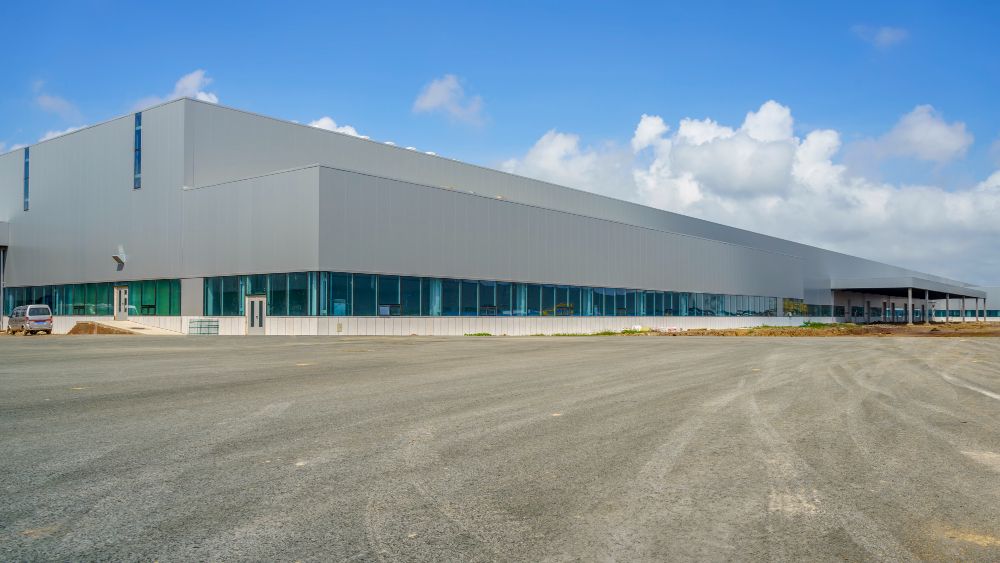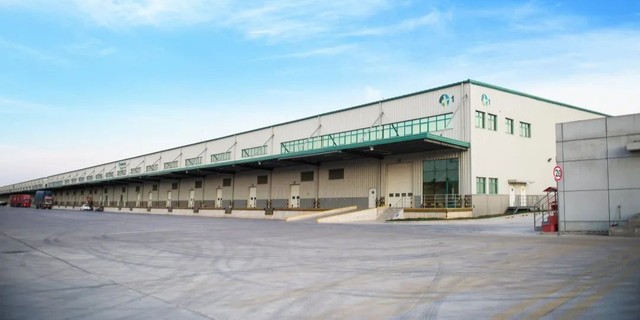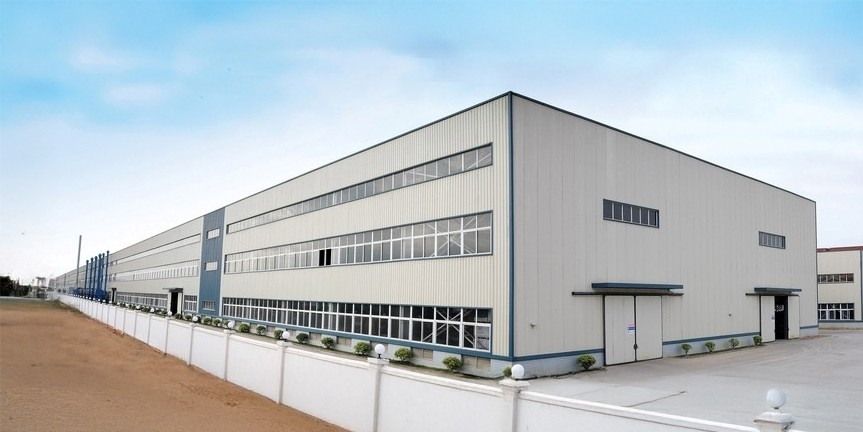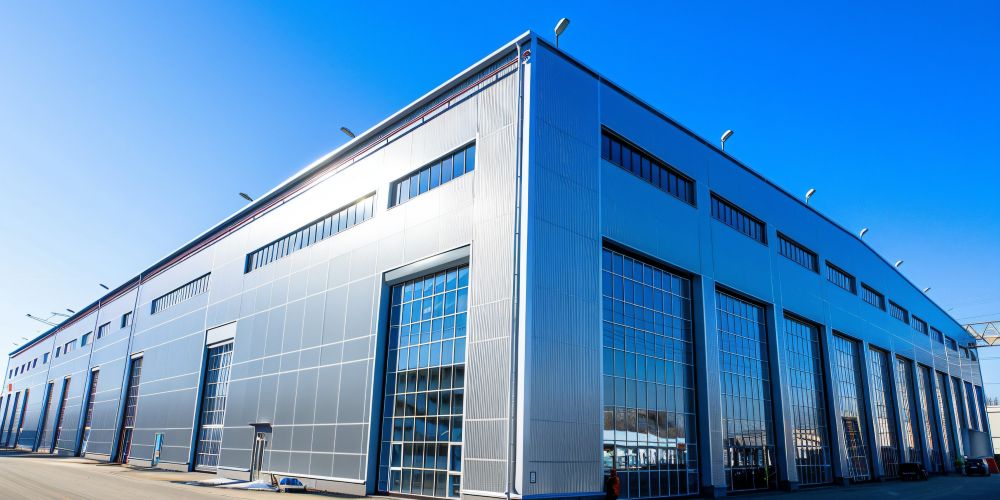
The client is a leading food processing enterprise in Thailand, specializing in the production and export of frozen foods. With the growth of market demand, the client urgently needed a modern factory building to enhance production capacity and efficiency. The client outlined several core requirements for the project:
Hygiene and Cleanliness: The food processing industry has very high hygiene standards, and the building must be easy to clean and maintain.
Temperature and Humidity Control: The factory must have good temperature and humidity control to ensure food quality and safety.
Environmental Protection and Sustainability: The building must meet international environmental standards and reflect the company’s commitment to sustainable development.
Corrosion Resistance: Due to the high humidity and chemicals common in food processing environments, the building must have excellent corrosion resistance.
These requirements placed high demands on the design and construction of the project. Our team, with its rich experience and professional expertise, successfully addressed the client’s challenges.
Challenge 1: Meeting Food Processing Industry Hygiene Standards
The food processing industry has very strict hygiene requirements for factories, and the building must be easy to clean and maintain, while avoiding sanitary dead zones.
Our Solution:
-
Smooth Surface Design: We selected smooth surface color steel panels for the walls and roof to ensure dust and dirt do not easily adhere, making it easier to clean.
-
Seamless Connections: We adopted a seamless design for the connections between the walls and roof, preventing dust accumulation and bacterial growth.
-
Optimized Drainage System: We incorporated a sloped drainage system into the floor design to ensure that wastewater from cleaning can be quickly drained, keeping the factory dry.
The client highly praised our design, recognizing that we fully considered the specific needs of the food processing industry and solved the hygiene challenges.
Challenge 2: Temperature and Humidity Control and Energy-saving Design
Food processing requires strict control of temperature and humidity to ensure product quality and safety. However, Thailand’s high-temperature, high-humidity climate posed challenges for maintaining optimal conditions.
Our Solution:
-
High-performance Insulation Materials: We used high-performance insulation materials for the roof and walls to effectively reduce indoor temperatures and minimize air conditioning energy consumption.
-
Ventilation System Optimization: We designed a system that combines natural ventilation with mechanical ventilation, ensuring air circulation inside the factory and preventing moisture buildup.
-
Temperature and Humidity Monitoring: We installed an intelligent temperature and humidity monitoring system for the client to adjust the internal conditions in real-time, ensuring stable production conditions.
The client highly appreciated our temperature and humidity control solution, believing that we not only met production requirements but also helped reduce operational costs.
Challenge 3: Corrosion Resistance and Durability
Food processing environments often have high humidity and chemicals, which put significant demands on the corrosion resistance of building materials.
Our Solution:
-
Corrosion-resistant Steel: We selected SUS304 stainless steel as the key structural material. This steel has excellent corrosion resistance, capable of withstanding high humidity and chemical exposure.
-
Anti-corrosion Coating: We applied special anti-corrosion coatings to other steel structural components to ensure the building maintains a long service life even in harsh environments.
-
Easy-to-clean Surfaces: All steel surfaces were treated with a smooth finish to avoid the retention of dirt and chemicals, further extending the building’s lifespan.
The client was highly satisfied with our corrosion-resistant design, acknowledging that we effectively solved their challenges in a food processing environment.
Challenge 4: Environmental Protection and Sustainability
The client wanted the building to reflect the company’s commitment to sustainable development and meet international environmental standards.
Our Solution:
-
Green Materials: We selected recyclable, environmentally-friendly steel and strictly controlled carbon emissions during production.
-
Energy-saving Design: By optimizing insulation and ventilation designs, we reduced the building’s energy consumption. We also offered the client an optional solar roof system to further reduce operating costs.
-
Environmental Certification: After the project was completed, we assisted the client in applying for international green building certifications (such as LEED), enhancing the company’s brand image.



